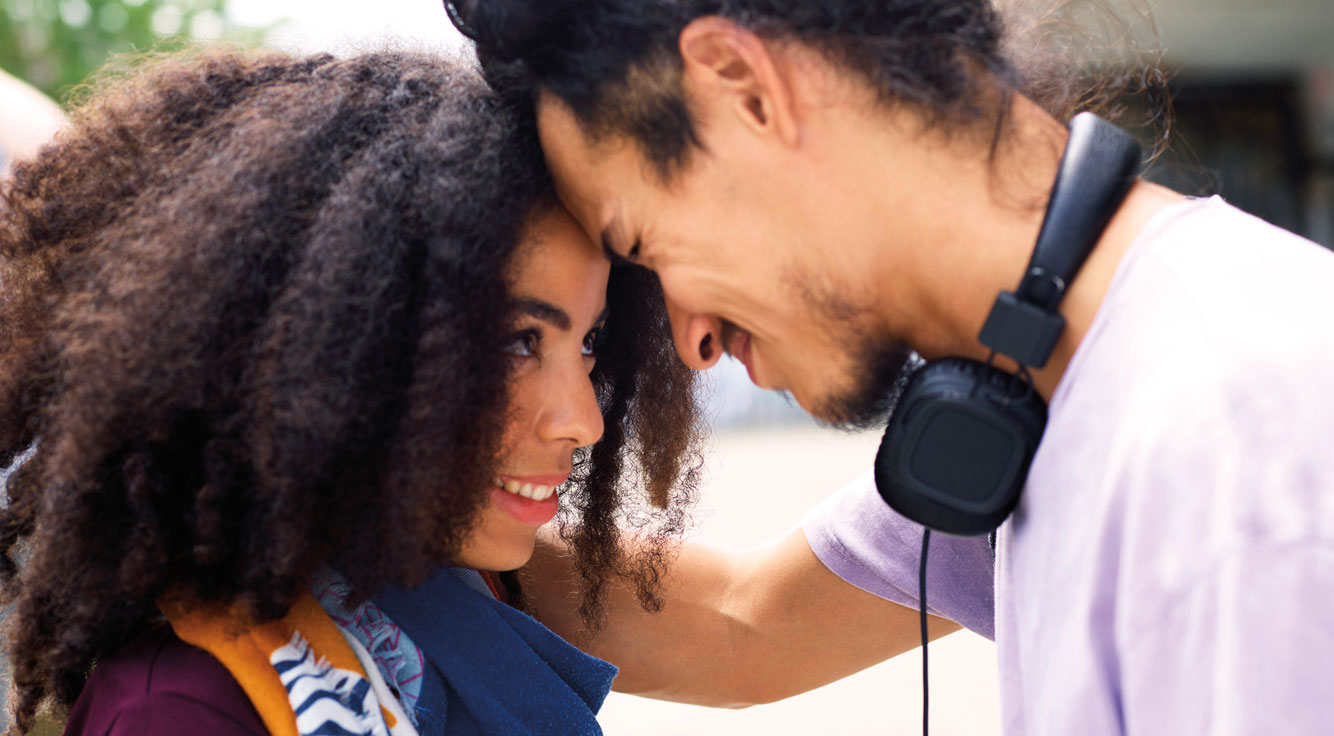
Start the new year by sharing hope
In 2016, Vanessa Hsieh-Park, MD, thought she’d injured her hip while skiing. She hoped stretching, exercise, and physical therapy would solve the problem.
But soon the pain grew so bad she had to take a leave of absence from work. When it became intolerable, Vanessa’s husband rushed her to the Emergency Department at Kaiser Permanente in Santa Clara — the same place she worked as an emergency medicine specialist.
A colleague delivered Vanessa’s diagnosis: acute lymphoblastic leukemia. As a fitness enthusiast with no family history of blood cancer, Vanessa was shocked.
After grueling, intensive treatment, Vanessa went into remission in late 2016. Then, in the summer of 2017, she relapsed.
She was fortunate to receive a blood stem cell transplant last fall. It was her only chance for a cure.
The need for more diversity
Finding a match wasn’t easy. Vanessa’s ethnically Chinese, and minorities are largely underrepresented on the national donor registry.
In fact, only 2 in 5 of the registered donors are ethnically diverse. And since 3 out of 10 patients find a match within their family, the rest (7 out of 10) rely on volunteer donors.
A new path to awareness and recruitment
This need for greater minority representation prompted Mika Yoshino, director of Kaiser Permanente’s Digital Experience Center, to recruit donors among her fellow employees. In 2015 she started Will You Marrow Me, a program that holds recruitment events and promotes donor-need awareness. The program also partners with the Asian American Donor Program, one of many recruitment centers of the Be The Match national donor registry working to increase ethnic diversity among donors.
“Right now, 14,000 patients are waiting for a match,” notes Mika. “The idea that everyone can make a difference and save lives, by registering and raising awareness, has activated volunteers from all corners of Kaiser Permanente to sponsor drives and programs on their behalf.”
Since 2016, over 500 people have joined the donor registry through Will You Marrow Me efforts. But many more are needed. Last fall, we launched a campaign to raise awareness among Kaiser Permanente members, starting with an on-site donor registration area in the South San Francisco Medical Center.
It starts with a cheek swab
The more people learn about what’s really involved in donation, the less intimidated they are — and the more likely they are to sign up. Here’s what you could expect as a donor:
- Joining the registry starts with a simple cheek swab.
- You’ll be contacted if you turn out to be a match for a patient in need.
- Most of the time, stem cells (rather than actual bone marrow) are taken by a process similar to giving blood.
“You could potentially match anyone in the world. This is a global effort,” Vanessa points out. “And if you do become a donor, you’re saving a life.”
How you can help
- Register to become a potential donor at an event or online.
- Ideal donors are between 18 and 44.
- Research shows that cells from younger donors provide the greatest chance for a successful transplant.
- After you sign up, you’ll remain on the registry until age 61.
- Encourage those who can’t register to give money to the cause.
- Host a drive at your local school or community center. You can partner with official Be The Match recruitment centers, which provide all needed supplies.
- Share this article with family and friends to raise awareness and encourage people to register.
To learn more about blood stem cell and bone marrow registration, donation, and transplants, visit kp.org/bethematch.





